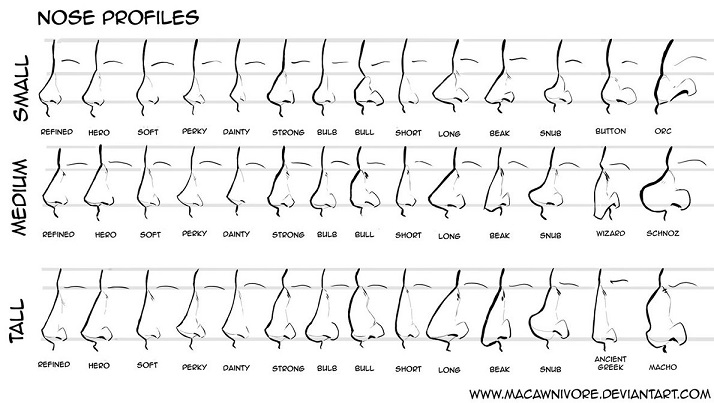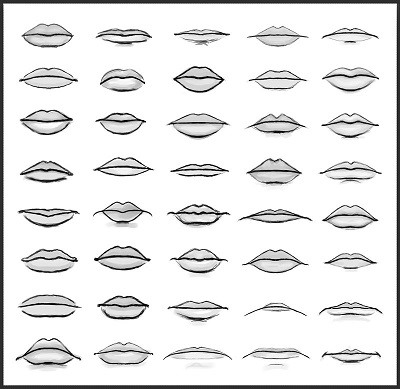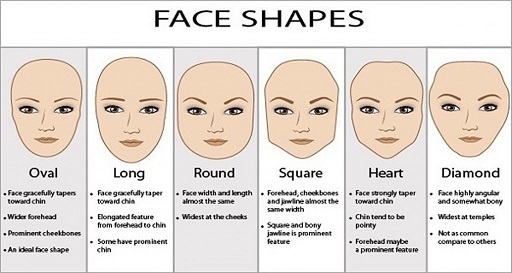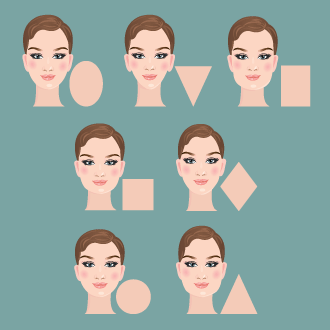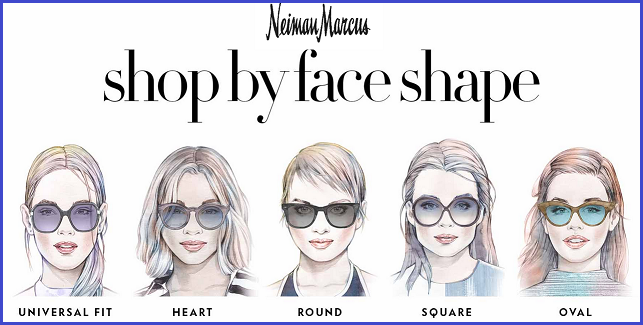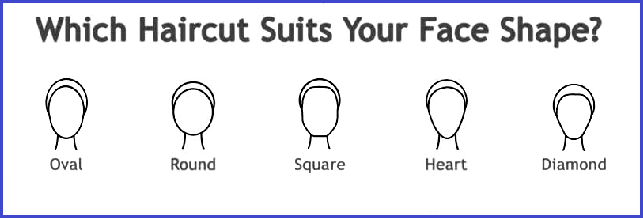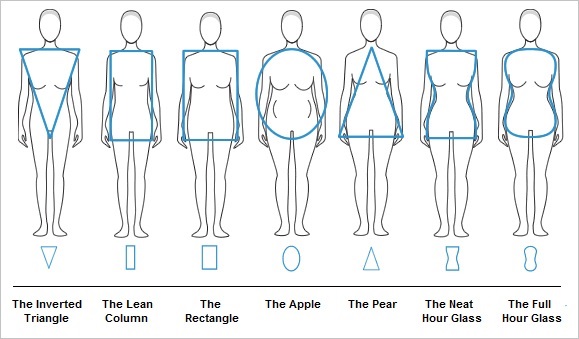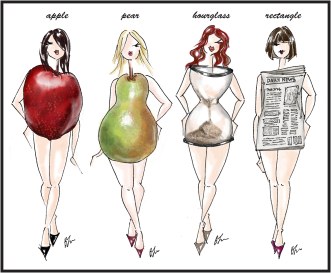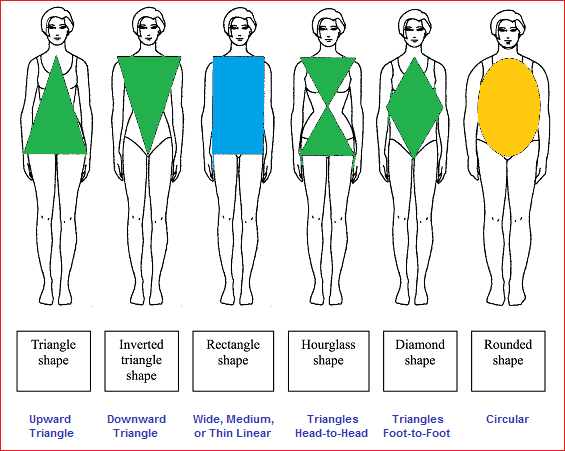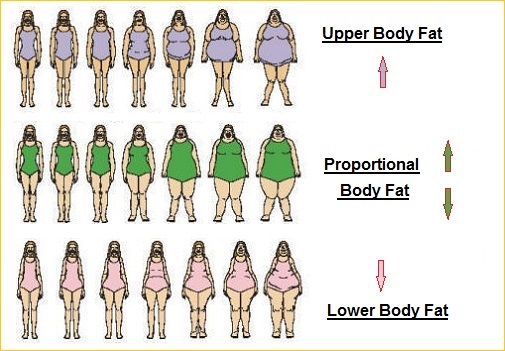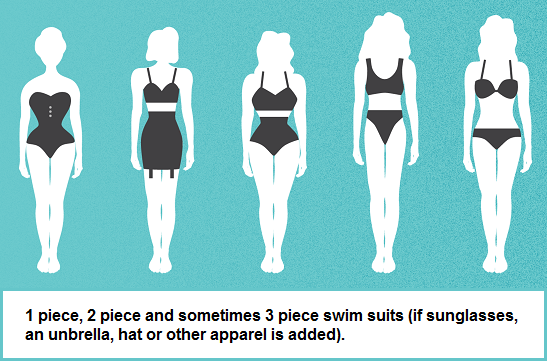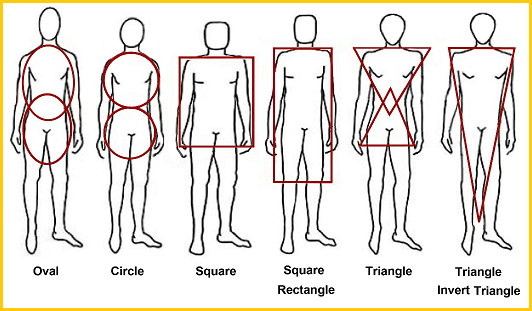page 3
(Using a philosophy of "threes" as a tool
for dissection and comparative analysis)
http://threesology.org
Anat., Bio. Phys. Researchers as of 3/17/2021
Pages in this series:
| 1 | 2 | 3 | 4 | 5 | 6 | 7 | 8 | 9 | 10 | 11 |
In as much as there is a lot more comparative anatomy, biology and physiology I will be pursuing, let me take a moment to describe some differences in using the information. For example, some people prefer to use comparisons for practical application with respect to their own lives such as in the case of how best to understand themselves and use their attributes to fulfill their everyday desires with respect to appearance or ability to function in a given social or isolated setting, such as when in public or engaging in activities such as sewing, baking, experimenting, or involved in non-food construction projects. In other words, they want to use comparisons to become the best they can become, even if there are those who think that style is a superficial pursuit... even when appearance and style are expectations even in the most bare-bones, strict, or spartan environments where "serious" work is being done in business, political, scientific, or religious settings.
Others prefer to apply their comparative knowledge in some business venture... for them to make a buck or simply thwart the efforts of another from accruing more wealth or some resource. And still others want to use the information for medical applications, manipulation, or to broaden their philosophical inclinations with respect to atomic, planetary or space phenomena, a given species or even all of life. While many pursue the acquisition of information through legal and moral means, others use illegal and immoral tactics involving various deceptions and lies, such as the usage of electronic eaves-dropping means over the internet, phone taps, surveillance, espionage, collusion, anti-trust violations, etc... many of which occur under the eyes of the government because they have created laws by which they can get a cut of the ill-gotten gains... like the S.E.C. monitoring illegal activity of a company long enough for it to take in enormous amounts of cash so that S.E.C. and its hired henchmen (like the Garden City Group), will be afforded more of an income through fines and the ability to use time-constrained legalities to take even more money from the public who unwittingly participated in a scam. Hence, many different kinds of people seek out the information being gathered from researchers like myself, unknowing that one of its applications is directed towards interceding on behalf of the innocent against the public's many enemies both in and out of government. And no, I will not go into how the information is being applied in this sense by the sponsors of this and the other sites I am privileged to work on.
While the entire list of linear, circular, triangular forms on the previous page are not necessarily thought of in terms of anatomy, biology, or physiology, one might argue that they represent ideas which are constructed from the perceptions of a biological organism which does display such geometric forms. However, to suggest that there is a developmental or evolutionary progression from linear to circular to triangular, presents us with considerations of whether this arrangement could not be reversed, or that there are mixtures of the three in some instances. If the idea of mixtures (involving the presence of one, two, or three geometric forms in a single or multiple items), this may suggest that different body parts and/or processes have different evolution clocks... in that there is some degree of independent evolution taking place... along with (perhaps) overlaps. On the other had, a given organism or part thereof might be undergoing a regression or deterioration and thus exhibit one or more or a mix of these three forms. For example, if we say that the triangle is the foremost development to be achieved in this three-patterned assemblage of comparisons... does this mean that a "true" triangle form has been achieved by all vertebrate animals, and that their entire physical structure thus exhibits the foremost form... for a given species but not all life forms since evolution can particularize its effects on different species and parts thereof?
In describing linear, circular and triangular forms, I could be accused of engaging in a type of creative or imaginative license (akin to a "poetic license"), but in any respect... we are dealing with perspective. For example, at what moment in perception does a line change from being "linear" to being described as some other form? Does height (length), width (breadth), and depth determine our definition of what a line is or what is meant by linear? Is a square actually a square or the base of a triangular pyramid? Is a circle actually a circle or the base of a linear column? Is what we see actually the whole picture or some isolated image of a particular vantage point that others may or may not be able to see, and if seen by them, may or may not overwhelm their consciousness to the point of denying them, ignoring them, or react in some other defensive manner such as disparaging one's claims or attacking them because such a view does not compliment or agree with their own ideas? At what "point" does a triangle stop or start being a triangle? Is a truncated pyramid still a triangular object? And when looking at someone's mouth, do you see an upper lip, an indented triangle or the number 3?
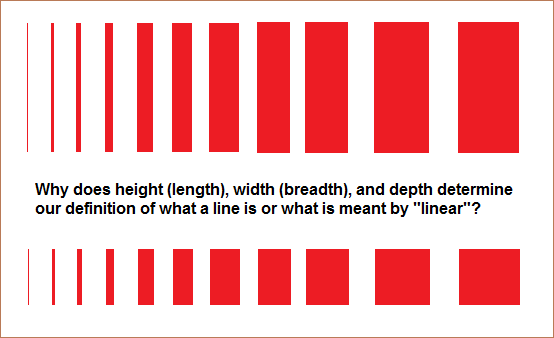 |
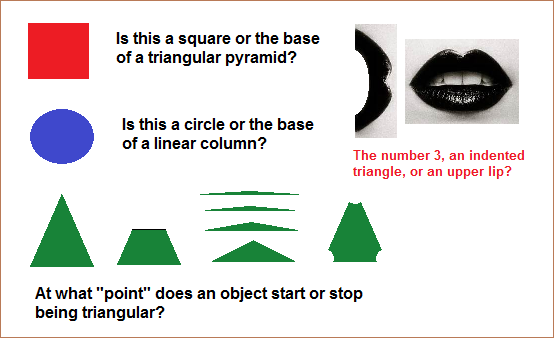 |
With respect to seeing triangular images, such a geometric form is as obvious as the (triangular) nose on one's face, just as the face and the overall frame of the body (or individual parts thereof or with "accentuations" such as beards, mustaches, makeup, etc...) all of which can be rendered into recognizable geometric forms, and those forms are a limited quantity revolving around basic designs. In some cases, there is a stark absence of a particular geometric form such as we don't have square ears, eyes, noses, etc., even though in some cases the expressions "being squared away", "along the straight and narrow (path)" or "well-rounded (education)" may be used to describe behavioral activities. Hence, the question remains: Why do we use geometry? Is geometry something basic, or is it a crude representation of something else? Does the human body, or all of life, represent an equation for which we do not have the correct variables or algorithm for? Why are we using elements from different types of mathematical inquiry instead of music or something which hints of a better analytical model or tools?
It is of interest to note that many of us do not borrow the tools of perception from one or more subject areas and apply them to others. For example, we are aware of triads in music and triads in mathematics, yet we do not necessarily refer to them as triangles nor consider that there may also exist the presence of linear and circular forms. Yet, if we do, we may use words such as repetition, duality, reversal, etc., to describe what might otherwise be viewed in a geometric manner, and then translate this geometry into numbers or words that could help others to comprehend a larger reality beyond the scope of materials in which the language being used is particularly jargonized for a given speciality. However, this is not to say that using a "basic forms" tool of analysis will provide any insight to be applied for progressive applications, but it does offer a means of teaching a Universal language... even if it is a rather simplistic one. Just because there is a room full of mathematicians at the top of their game, does not mean they can effectively communicate their ideas to others at the top of their game, if that game is not mathematics. A room full of geniuses who don't communicate with a basic language... and this in no way suggests that mathematics is a fundamental language... are in some ways a room full of idiots until they can develop a language everyone can understand. There are more geniuses, original thinkers and creative perceivers who don't customarily use the language of mathematics then there are those who do.
Let's take a look at some more images, though multiple others from different subjects might well be included if we were permit ourselves to open up the discussion to permit a broad philosophical approach to the overall discussion:
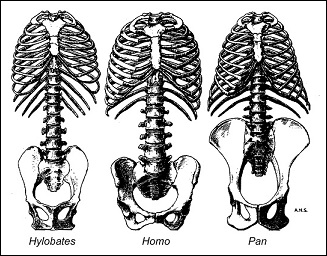 How To Tell If A Fossil Hominid Was Bipedal, By Jim R. McClanahan |
||
Examples of Hylobates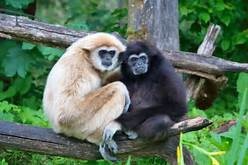 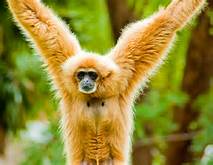 |
Examples of Homo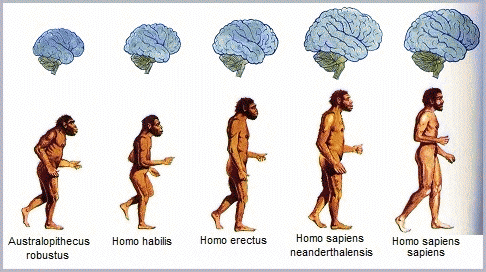 Lifestyles of the Hunters and Gatherers, ©Paul Gepts 2012 |
Examples of Pan |
Humans the non-apes: Until about 1960, taxonomists typically divided the superfamily Hominoidea into two families. The science community treated humans and their extinct relatives as the outgroup within the superfamily; that is, humans were considered as quite distant from kinship with the "apes". Humans were classified as the family Hominidae and were known as the "hominids". All other hominoids were known as "apes" and were referred to the family Pongidae.  |
The "great apes" in Pongidae: The 1960s saw the methodologies of molecular biology applied to primate taxonomy. Goodman's 1964 immunological study of serum proteins led to re-classifying the hominoids into three families: the humans in Hominidae; the great apes in Pongidae; and the "lesser apes" (gibbons) in Hylobatidae. However, a trichotomy—Pan, Gorilla, and Pongo—of the "great apes" in Pongidae presented a puzzle; scientists wanted to know which genus speciated first from the common hominoid ancestor.  |
Gibbons the outgroup: New studies indicated that gibbons, not humans, are the outgroup within the superfamily Hominoidea, meaning: the rest of the hominoids are more closely related to each other than (any of them) are to the gibbons. With this splitting, the gibbons (Hylobates, et al.) were isolated after moving the great apes into the same family as humans. Now the term "hominid" encompassed a larger collective taxa within the family Hominidae. The trichotomy still required scientists to learn which genus is 'least' related to the others.  |
Orangutans the outgroup: Investigations comparing humans and the three other hominid genera disclosed that the African apes (chimpanzees and gorillas) and humans are more closely related to each other than any of them are to the Asian Orangutans (Pongo); that is, the Orangutans, not humans, are the outgroup within the family Hominidae. This led to reassigning the African apes to the subfamily Homininae with humans—which presented a new three-way split (trichotomy), Homo, Pan, Gorilla.  |
Hominins: In an effort to resolve the trichotomy, while preserving the "outgroup" status of humans, the subfamily Homininae was divided into two tribes: Gorillini, comprising genus Pan and genus Gorilla; and Hominini, comprising genus Homo (the humans). Humans and close relatives now began to be known as "hominins", that is, of the tribe Hominini. Thus, the term "hominin" succeeded to the previous use of "hominid", which meaning had changed with changes in Hominidae (see above: 3rd graphic, "Gibbons the outgroup").  |
Gorillas the outgroup: New DNA comparisons now provided evidence that gorillas, not humans, are the outgroup in the subfamily Homininae; this suggested that chimpanzees should be grouped with humans in the tribe Hominini, but in separate subtribes. Now the name "hominin" delineated Homo plus those earliest Homo relatives and ancestors that arose after the divergence from the chimpanzees. (Humans are no longer an outgroup, but are a branch, deep in the tree of the pre-1960s ape group.)  |
Speciation of gibbons: Later DNA comparisons disclosed previously unknown speciation of genus Hylobates (gibbons) into four genera: Hylobates, Hoolock, Nomascus, and Symphalangus. (See Human evolutionary genetics regarding the speciation of humans and great apes.)  |
While some perspectives tend not to see clear distinctions (due to over-indulging in minutia or disregarding some important detail) when making comparisons with different animals when flesh and hair are placed over a physical and skeletal framework (or for that matter, non-animate examples); if we look at the camouflaging techniques of humans over a given expanse of time (with respect to clothing used to cover up or embellish the human frame)— we can see variations of linear, circular and triangular configurations, though the following Silhouette images do not adequately portray the many types of shoes, hats, and accouterments such as swords, shields, tools, helmets, pouches, jewelry, etc..., not least of which is the evolution of the suit from a 1 piece to a 3 piece ensemble... like some wedding rings. No less, the shapes of containers in which various forms of makeup are dispensed typically come in linear, circular or triangular-like models.
 |
 |
 Explore Fashion Silhouette, Dress Silhouette, and more! |
However, when looking at different body types, some might subscribe to the following charts:
Then again, someone might prefer to use the three-patterned model of Ectomorph- Endomorph- Mesomorph:
(Wikipedia: Somatotype and constitutional psychology):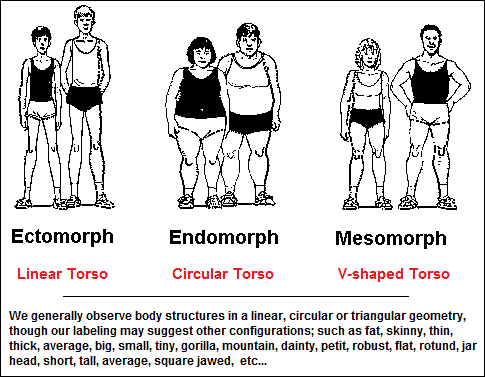
Are you an Ectomorph, Mesomorph, or Endomorph?
Another way of using a three-patterned classification system is seen in the head-thorax-abdomen scheme:
However, let us not lose sight of the fact that we might prefer to use a single "body" label for some life forms, in that the three "head, thorax, abdomen" can be said to exist as a composite... or pre-distinction stage of development. Also, we might take into account that the extremities such as arms and legs, etc., are not included in this type of labeling formula.
CLASSIFICATION OF ARTHROPODSA simple and short classification of arthropods is based on these characteristics:
- number of body parts
- existence or not of antennae and wings
- number of pairs of legs
As a result we can identify four groups:
- crustaceans
- insects
- arachnids
- centipedes and millipedes
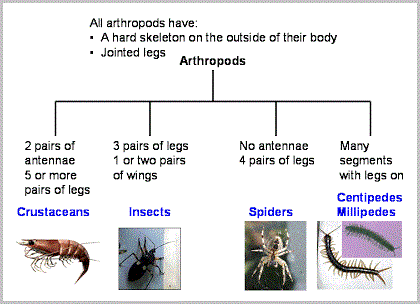
Science
The problem with the usage of a "four" idea model is that the "4" may actually represent a three-to-one (3-to-1, 3-2-1, or a reverse of these patterns), but because there has been no previous usage of a "three-to-one" idea as a valid way of categorization, it is a pattern, like others— that continue to be overlooked, taken for granted, or set aside as some curiosity... like so many fossils placed into boxes and placed onto the shelves of some museum's basement. For example, we could use the comment that the last group does not have a differentiated head-body or head-body-thorax pattern and thus constitutes a separate, but connected category.
All body plans, whether arising from one, two, or three germ layers can alternatively be described as:
- Monoploblastic: sponges (sponges are considered to be animals
- Diploblastic: cnidarians (such as sea anemones, corals, and jellyfish
- Triploblastic: from the flatworms to humans
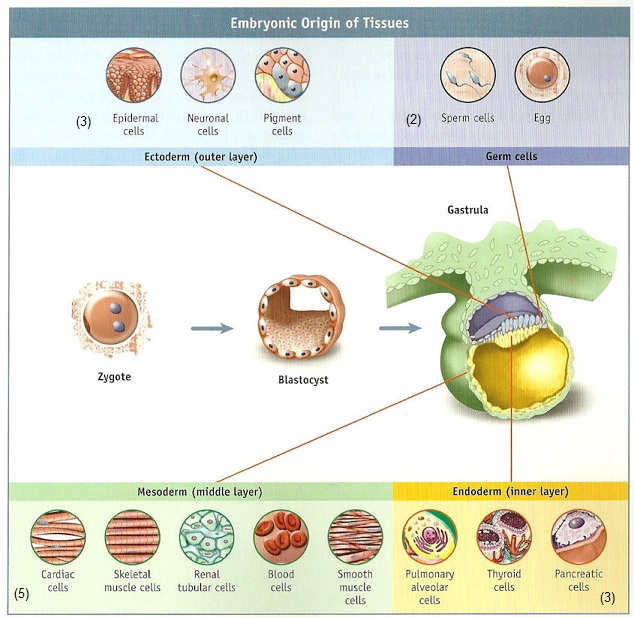
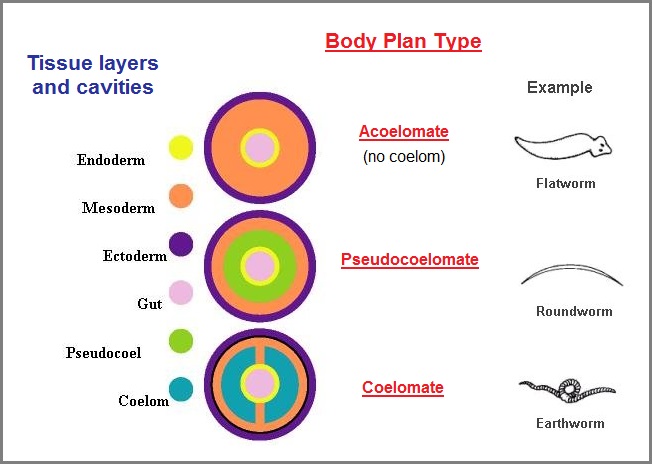
Multicellular Organisms
Another type of body plan model is based on the idea of symmetry, in which we again see the usage of three forms labeled as radial symmetry, bilateral symmetry, and asymmetry:
- Animals with radial symmetry have no right or left sides, only a top or bottom; these species are usually marine organisms like jellyfish and corals.
- Most animals are bilaterally symmetrical with a line of symmetry dividing their body into left and right sides along with a "head" and "tail" in addition to a top and bottom.
- Only sponges (phylum Porifera) have asymmetrical body plans.
- Some animals start life with one type of body symmetry, but develop a different type as adults; for example, sea stars are classified as bilaterally symmetrical even though their adult forms are radially symmetrical.
Characteristics which differentiate animals (Notice underlying enumeration involving one, two, three examples [or a three-to-one ration of parts such as the first selection involving cells, tissues, organs + organ systems]):
- Levels of organization (cells, tissues, organs, organ systems)
- Body symmetry (none, radial or bilateral)
- Germ layers (endoderm, mesoderm, ectoderm)
- Body cavity (acoelom, pseudocoelom, coelom)
- Type of body: Segmentation (repeating parts), cephalization (getting a head), limb formation (legs, flippers, wings)
- Systems (digestive, circulatory)
- Reproduction (asexual or sexual)
- Homeostasis (body temperature)
- Type of skeleton (endo- or exoskeleton)
Unicellular versus Multicellular organisms:
Is the following representative of a "4", or some other pattern based on the information?
The four principles of multi-cellularity
The full complement of genes and DNA control sequences in a multicellular genome is far more complex than that of most single cell organisms, although there are exceptions. Yet any given type of Metazoan cell – and there are about 250 different types in humans – is functionally simpler than a typical single cell organism. Each differentiated human cell type uses just a subset of the 22,000 total human genes. For example, all cells in the body contain the gene for hemoglobin, but only red blood cells make that protein. Such specialization, requires that the cells coordinate their activities by sending messages to each other. They work cooperatively to develop their "body," which is a stigmergy structure. And they need apoptosis mechanisms to remove cells that have outlived their usefulness or become dangerous. Without all four of those organizing principles operating together in a coordinated manner, true multi-cellularity would not have been possible.
Page initially created: Monday, 24-July-2017... 5:51 AM
Initial Posting: Friday, 07-Sept-2017... 4:11 PM
Updated Posting: Sunday, 13th-May-2018... 6:46 AM
Most Recent update:Monday, 13th, March 2023... 10:42 AM
Herb O. Buckland
herbobuckland@hotmail.com
